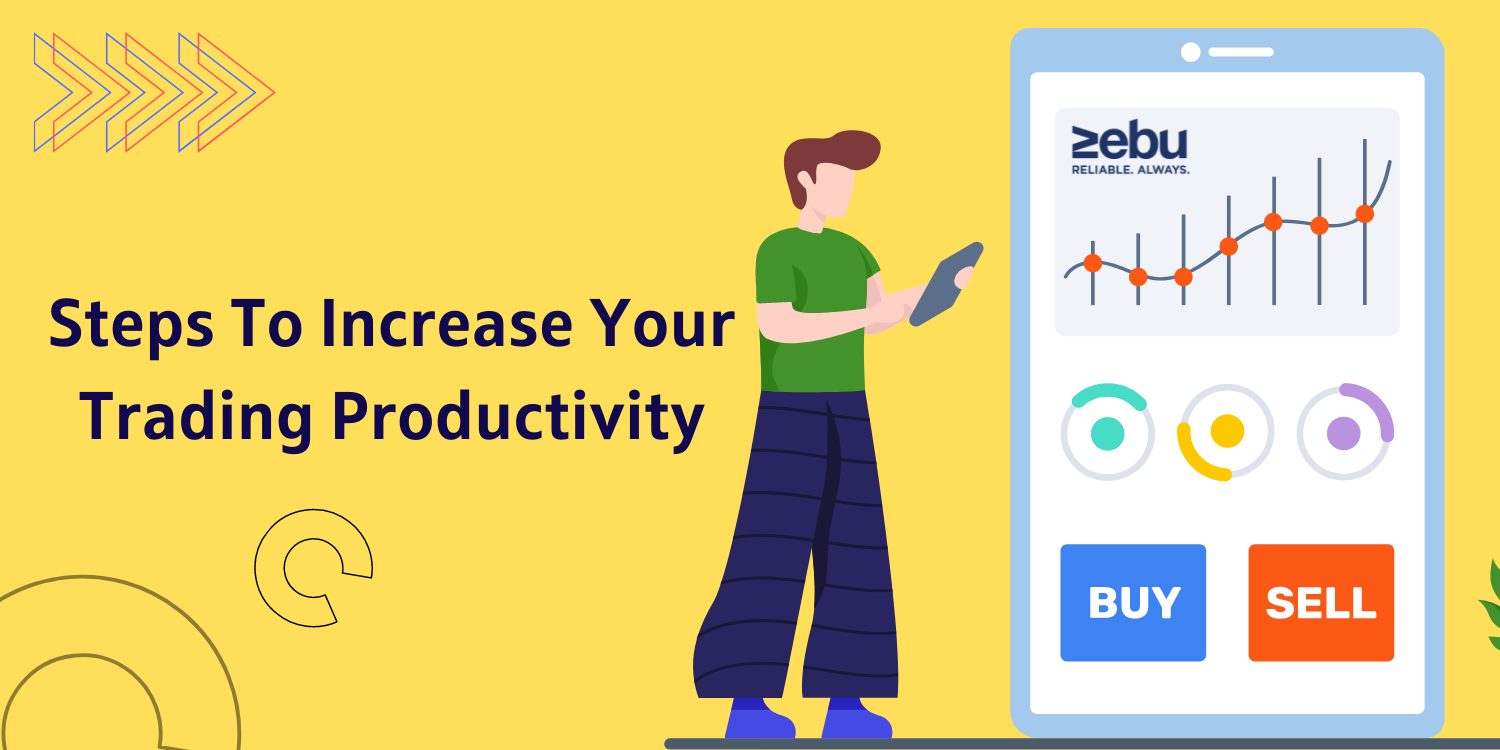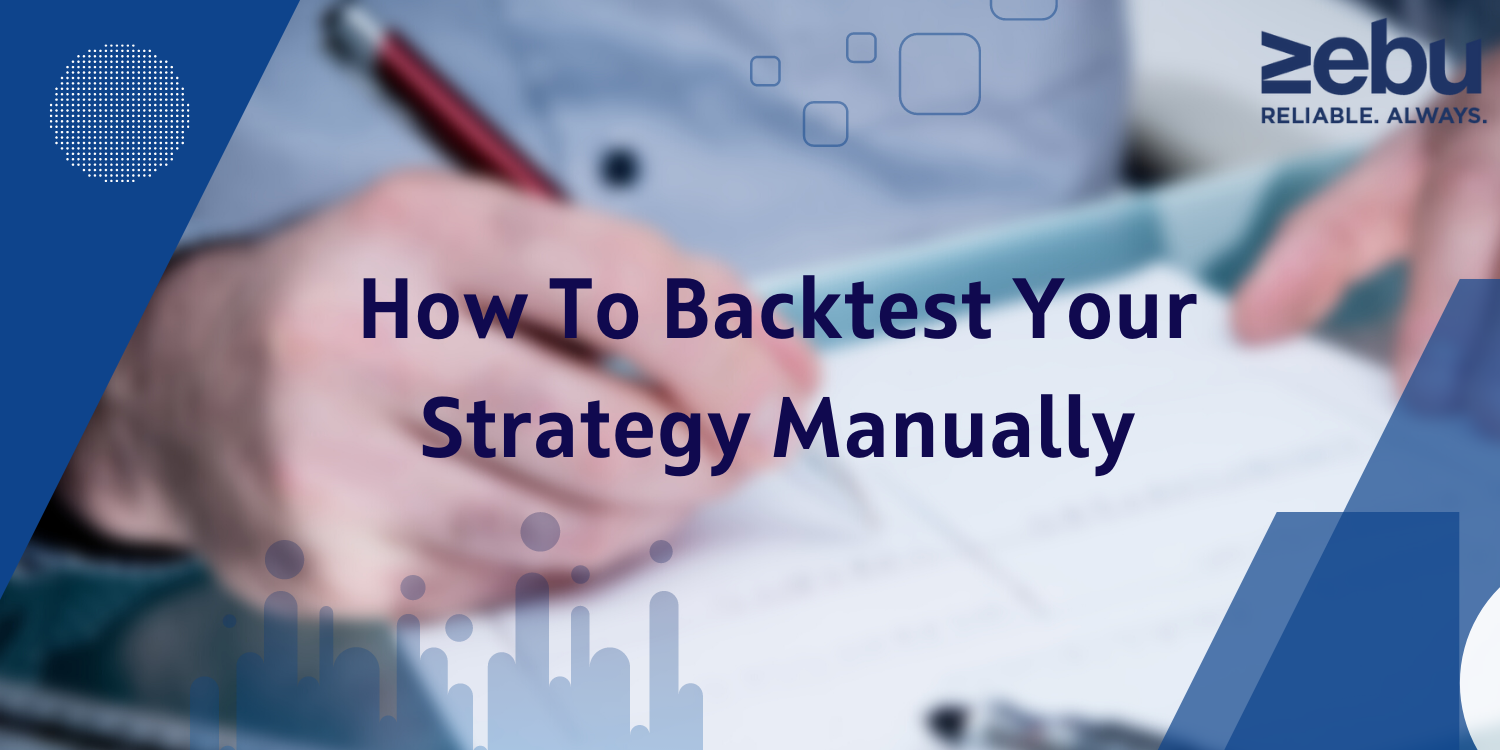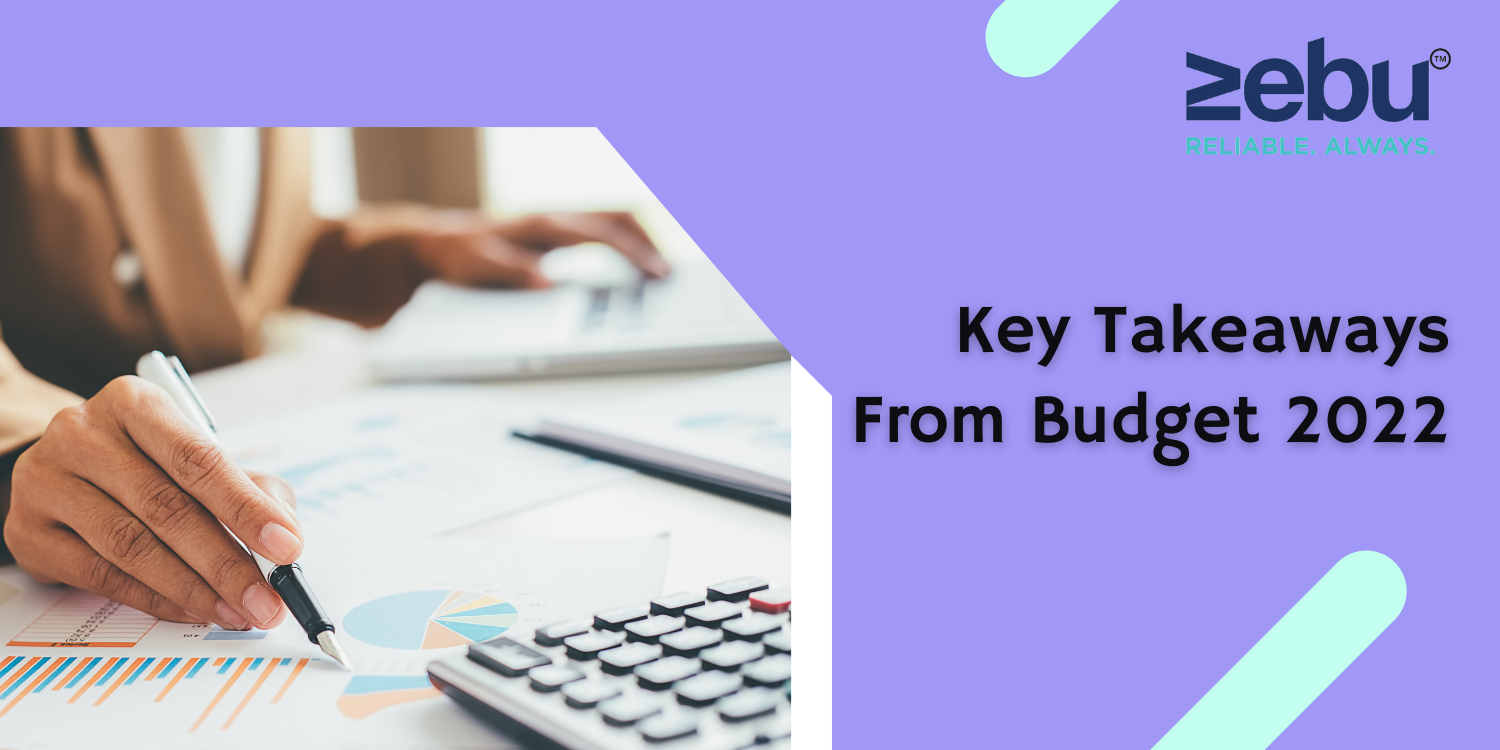
When you trade options, you can make money even if stocks go up, down, or stay the same. With options trading, you can cut losses and protect gains for only a small amount of money.
Great, right? Here’s the deal: When you trade options, you can lose more money than you invest in a short amount of time. This isn’t the same as when you buy a stock. You can only lose what you paid for the stock in that case. With options, depending on the type of trade, it’s possible to lose all of your money.
That’s why it’s so important to be careful. Even if you’re an expert trader, you can still make a mistake and lose money.
When it comes to online stock trading and growing your trading account, another important aspect for you to consider is the share market brokers you trust. At Zebu, we offer the best trading platform that is packed with features that will help you make better trading decisions.
To help you avoid making costly mistakes, we’re going over the top 10 mistakes that new option traders make.
1. Buying OTM call options
Buying out-of-the-money (OTM) call options is the biggest mistake you can make when trading options.
OTM call options seem like a good place to start for new options traders because they are cheap. This may feel safe to you because it’s the same thing you do as an equity trader: buy low and try to sell high. There are many ways to make money in options trading, but they are one of the most difficult. In this case, you might lose more money than you make if you only use this method.
The smarter way to trade
Think about selling an OTM call option on a stock that you already own as your first move. In the business world, this strategy is called a “covered call.”
The risk doesn’t come when you sell an option when you have a stock position that covers the option. In addition, if you’re willing to sell your stock if the price goes up, it could make you money. This strategy can help you get a sense of how OTM options contract prices change as the expiration date nears and the stock price changes.
It’s also possible to lose a lot of money by owning the stock, but that risk can be big. Even though selling the call option doesn’t put your money at risk, it does limit your chances of making money, which is called “opportunity risk.” You could have to sell the stock if the market rises and your call is taken.
2. Not Knowing How Leverage Works
Most people who start trading don’t think about how much risk they’re taking when they use the leverage factor in option contracts. They like to buy short-term calls. As a result of this happening so often, it’s worth asking: Is buying calls outright a risky or safe strategy?
3. The smarter way to trade
A general rule for new option traders: If you usually trade 100 share lots, stick with one option at first and start with that. If you usually trade 300 shares at a time, then maybe three contracts would be a good change of pace. This is a good amount to start out with. If you don’t do well with these sizes, you’ll probably not do well with bigger size trades, too. This is a general rule.
4. Not having an exit plan
You may have heard it before: When you trade options, like stocks, it’s important to keep your emotions in check. The point isn’t to be able to overcome all of your fears in a superhuman way.
Having an exit plan even when things are going your way is part of this. Take the time to figure out where you want to leave and when you want to leave.
If you start to worry about leaving some money on the table by getting out too early, don’t worry. Remember this counterargument: What if you made more money consistently, cut down on your losses, and slept better at night?
5. The smarter way to trade
Make sure you know how you’ll leave a trade. Whether you are buying or selling options, having an exit plan can help you set up better trading habits and keep your fears in check.
Determine how you want to get out of the situation on the upside and how much you can handle on the other side. In the event that you reach your upside goals, you should clear your position and take your money. Don’t be too greedy. If you hit your stop-loss on the downside, you should clear your position again and start a new one. Don’t stay in a losing trade hoping that the prices may rise again.
A lot of times, it’ll be hard not to go against this way of thinking. Don’t. Too many traders make a plan and then, as soon as they make a trade, ditch their plan and follow their feelings instead.
Online stock trading requires you to stick to your plan and use the right market brokers to grow your trading account. At Zebu, we offer the best trading platform that is packed with features that will help you make better trading decisions. If you would like to know more, please get in touch with us now.








